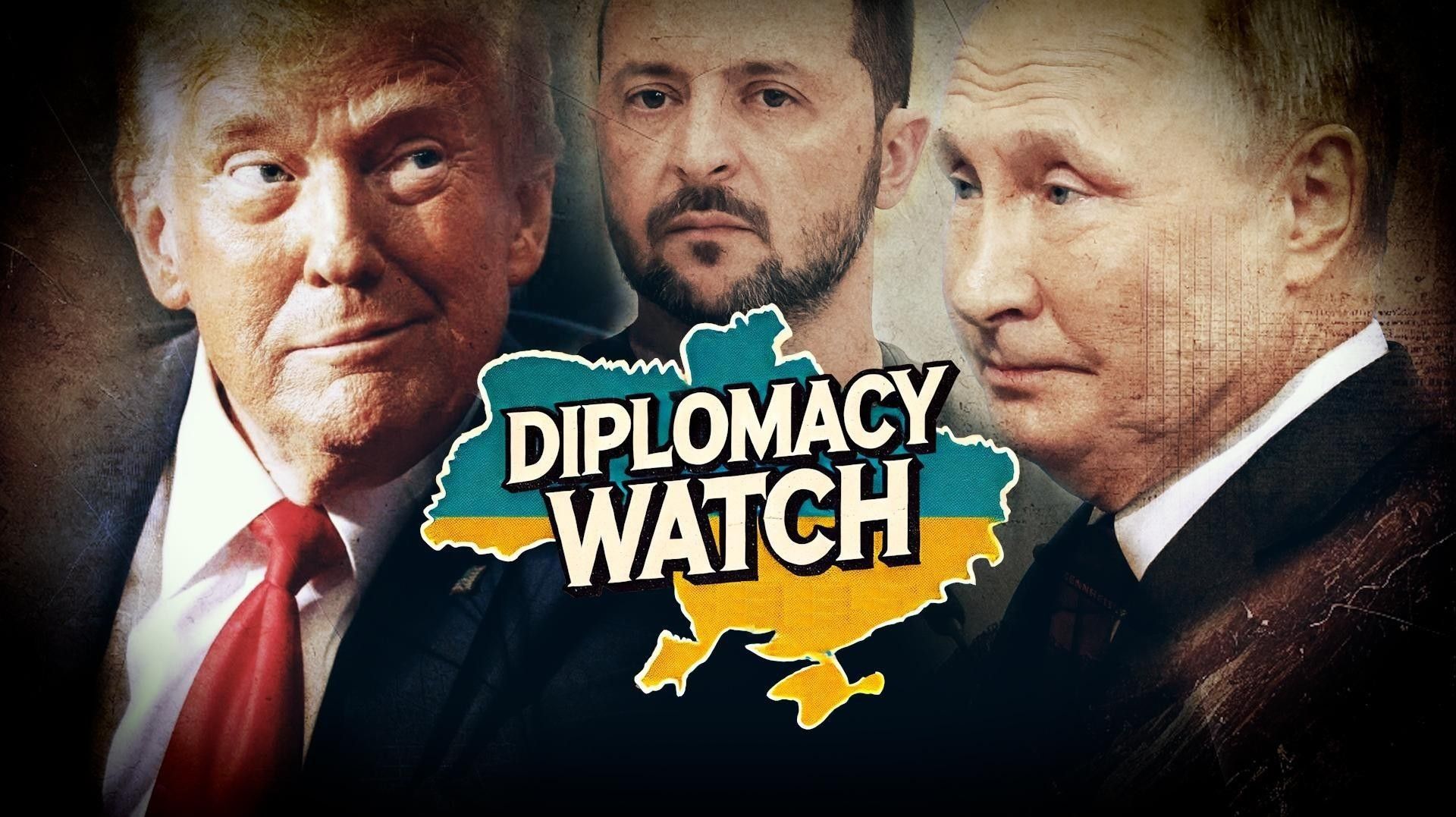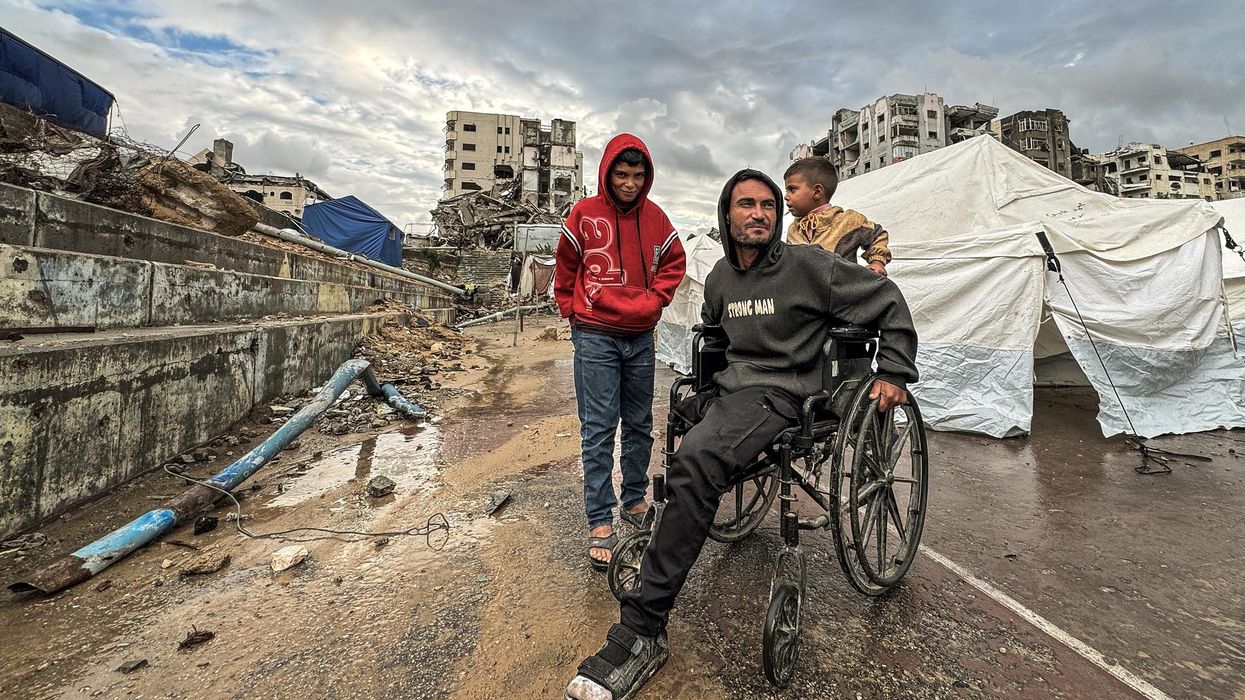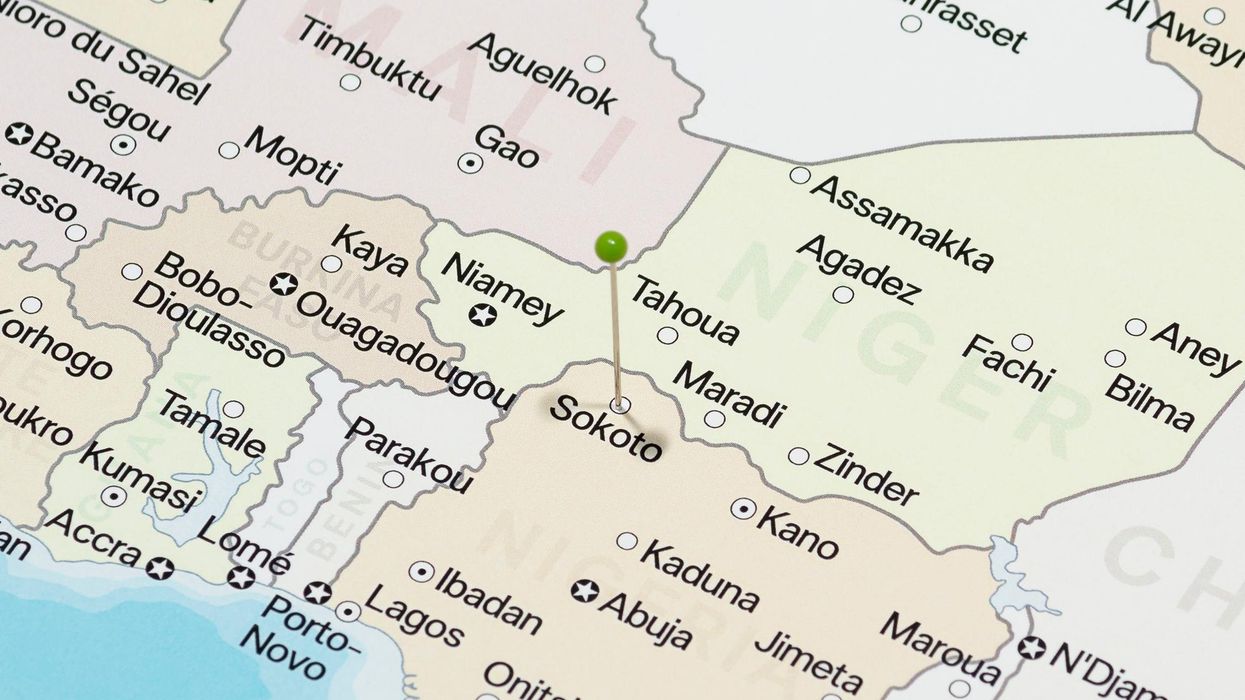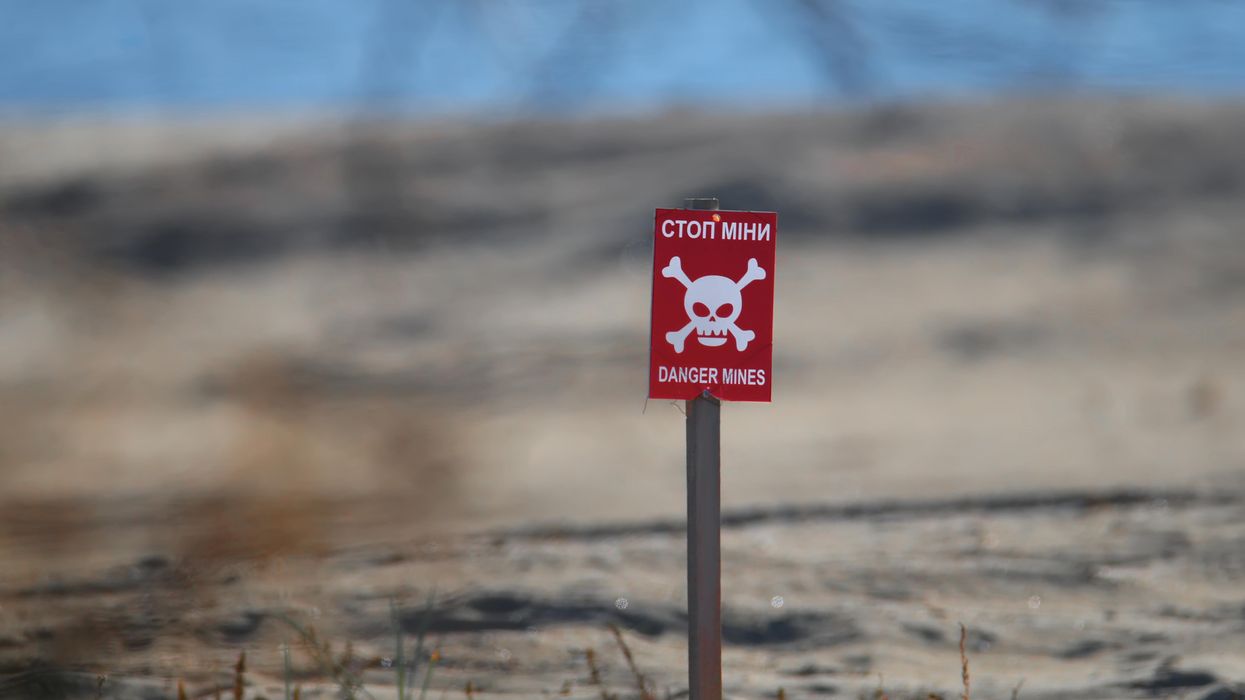After more than three years of war in Ukraine, hopes for an end to the fighting appear dim. Many observers believe that both Russia and Ukraine continue to press for total victory, and any calls for a ceasefire are met with claims that the other side would simply use a pause to regroup and prepare for the next clash. Even if the warring parties agreed to a ceasefire, it’s hard to imagine an effective method for monitoring a line of contact that stretches for more than 2,000 miles.
But these challenges are far from insurmountable, according to a major new report from the RAND Corporation. Drawing on a close analysis of successful peace efforts, the study lays out a practical set of guidelines that policymakers can use to create a lasting ceasefire in Ukraine.
Perhaps most importantly, the report offers lessons for avoiding the problems that plagued the Minsk agreements, which failed to end the low-grade war in eastern Ukraine prior to Russia’s full-scale invasion in 2022. As RAND notes, the fatal flaw of the Minsk agreements lay in their ambiguity. The accords “lacked clarity on basic parameters for ceasefire implementation” and created few formal mechanisms for states to uphold their terms or deal with violations. Many of these problems stemmed from the fact that talks leading up to the agreements were “haphazard and rushed, led by political leaders rather than technical experts, and held under mounting military pressure on the battlefield,” according to the report.
To avoid such a rush job, RAND recommends that Western leaders should start “working on the ceasefire design long before negotiations begin.” Key components of a more effective ceasefire agreement would include strong accountability mechanisms for violations and clearly demarcated roles for all parties involved in the deal. In order to move toward a ceasefire, Western states must also establish a separate track of negotiations in which they can deal with Russia’s broader geopolitical concerns, like the expansion of NATO, according to RAND.
Once a basic framework is in place, the core remaining challenge is how, exactly, to monitor ceasefire violations along a 2,000-mile-long frontline. Based on the guidelines of typical peacekeeping operations, this vast area would require some 330,000 peacekeepers — “an impossibly high number,” as the report notes. To supplement a more modest force, RAND suggests deploying a large suite of sensors to act as automated peacekeepers, including surveillance drones in rural regions and fixed cameras and sensors in cities and suburbs.
Of course, none of this wonky planning will work unless both sides feel a need to come to the table. Ukraine has a clear incentive to join talks given its relatively weak position on the battlefield. But Russia, despite challenges created by Ukrainian attacks on its gas infrastructure, appears unwilling to accept an immediate end to the fighting, according to the report.
Therein lies one of the greatest political challenges standing in the path of a peace deal. In order to change Russia’s calculus, RAND contends that Western leaders must find ways to place genuine pressure on Moscow. Sanctions have been surprisingly ineffective on this front. But sustained Western military assistance has been more impactful, according to RAND. Today, the solution lies in convincing Russia that the West — and the United States in particula — is willing to arm Ukraine indefinitely. It remains to be seen whether the Trump administration will have the political will to make that happen
In other news related to the war in Ukraine:
Polish Foreign Minister Radoslaw Sikorski called for a NATO-led no-fly zone over Ukraine following an incursion of Russian drones into Polish territory last week, the Washington Post reports. The appeal drew little support from other NATO allies, many of whom fear the possibility of entering into a direct war with Russia. Secretary of State Marco Rubio instead framed the drone incursions as an example of why the war needs to end as soon as possible. “Wars generally will escalate,” Rubio told reporters on Monday. “It’s one of the reasons why the president has said he wants this war to end.”
Two U.S. Air Force officers attended military exercises in Belarus, where they observed Russian and Belarusian forces as they carried out maneuvers aimed at improving their combat readiness, according to Reuters. The presence of the American officers, which reportedly unnerved some European allies, suggests that Trump’s efforts to rebuild diplomatic ties with Russia and Belarus are starting to bear fruit. Officials from NATO allies Turkey and Hungary also attended the drills.
The Trump administration approved its first ever package of weapons transfers to Ukraine, which will be funded by European states, according to Reuters. Ukrainian President Volodymyr Zelensky said the deal, valued at roughly $500 million, includes air defense missiles and munitions for HIMARS rocket launchers, adding that the shipments are already on their way to Ukraine. Reports indicate that Washington is likely to approve more weapons transfers to Kyiv in the near future.
U.S. State Department news:
The State Department did not hold a press briefing this week.
















